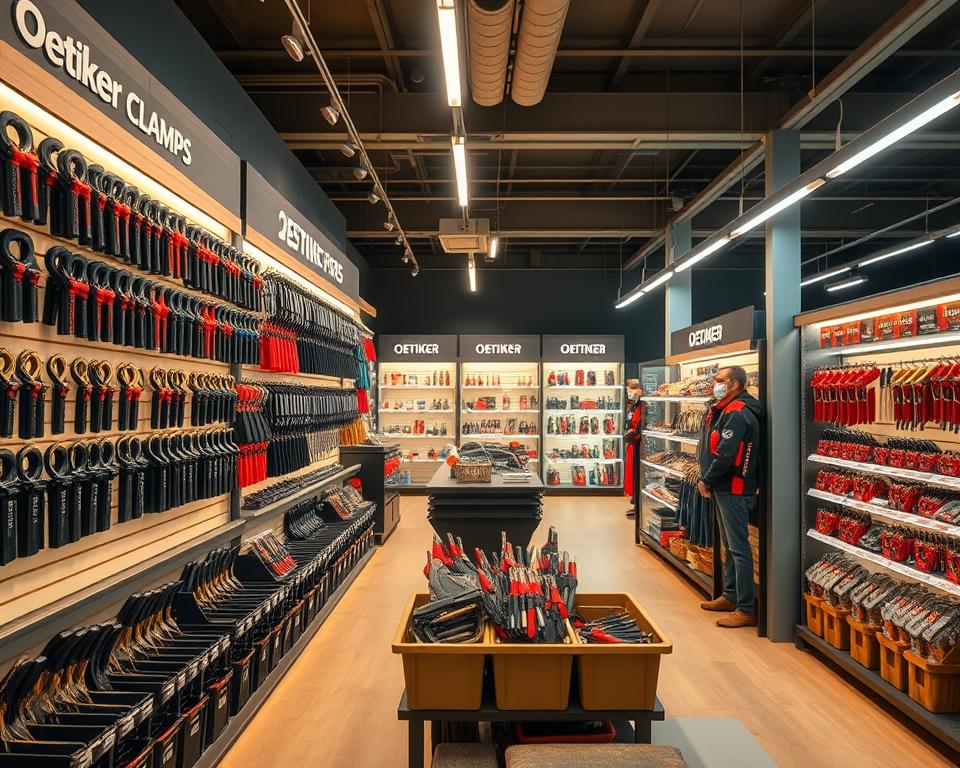Memphis SEO Agency – Marketing1on1 – Boost Your Venture
You may not know this, but 75% of users don’t venture beyond page one in search outcomes? Without high rankings, your site loses out on potential clientele. That’s where Marketing1on1 comes into play—an expert team committed to propelling enterprises to online success.
Ranked among the Best 20 local companies and Top 30 nationwide, Marketing1on1 provides real results, not just promises. Their tailored SEO Memphis tactics center on generating visitors, elevating presence, and converting interactions into dedicated clientele.
With a complete customer loyalty, they demonstrate unwavering dedication to excellence. Prepared to explore their capabilities? Kick off with a complimentary review and uncover your business’s potential.
Essential Conclusions
- Marketing1on1 excels as a premier company dedicated to scaling strategies.
- They are recognized both as a Top 20 local firm and a Top 30 national agency.
- Complimentary audits reveal potential enhancements.
- Their approach ensures long-term client satisfaction.
- Tailor-made strategies yield quantifiable achievements.
Why Choose Marketing1on1 as Your Memphis SEO Company?
Standing out in Digital marketing requires more than just promises—it demands proven outcomes. Marketing1on1 delivers both, backed by industry recognition and a client-first philosophy.
Top Rankings on Both Local and National Levels
Ranked among the Top 20 firms in Memphis and Best 30 in the country, their credibility is clear. These accolades reflect a plan built on evolving with the market and outperforming competitors.
Unlike agencies that chase mere numbers, they emphasize integrity and ethical standards—honesty and understanding power all initiatives. This alternative methodology cultivates long-term customer loyalty.
Client-Centric Approach with 100% Retention
Nearly all clients remain due to tangible outcomes. Their team operates with clear openness, offering clear insights and quantifiable progress.
Look at Reformation Brewery: their collaboration demonstrates that localized SEO and personalized tactics generate success. Ready to see what they can do for you?
Complete SEO Offerings Designed for Your Advancement
Your company merits a internet blueprint that yields genuine expansion. From site creation to data-driven ad strategies, every offering is engineered to elevate exposure and generate outcomes.
High-Converting Website Design
An outdated site damages SEO performance and deters users. We revamp sites with clean layouts, fast load times, and mobile-friendly designs. The aim? Transform interactions into recurring business.

Search Engine Optimization That Ranks
SEO requires a tailored approach. Systematic reviews expose concealed errors. On-page tweaks optimize content and keywords. External strategies strengthen domain credibility. Local tactics target nearby buyers.
Targeted Paid Ads with Accuracy
PPC advertising efforts rely on statistically supported keywords with robust conversion monitoring. No wasted spend—just ads that reach ready-to-buy audiences and scale your traffic.
Web Presence Management Done for You
Your brand demands a cohesive approach. We manage social media, regularly update content, and track analytics. A harmonized online profile fosters credibility while retaining audience interest.
Our Resolute Pledge to Your Achievement
No more cutthroat tactics. We are dedicated to countering firms that take advantage of small companies. Our objective? Deliver results with integrity—no empty promises.
- Empathy-first approach: We educate clients, clarifying internet promotion. Our podcast, Success with Soul, delivers genuine strategies—no jargon.
- Enthusiasm-Fueled Crew: Every initiative mirrors our commitment to your expansion. Over more than 1,200 clients depend on our services to safeguard their brand and revenue.
- Speed + precision: Measurable gains without delay. Avoid delays—witness immediate performance.
Local companies should have equal access to personalized approaches that expand. Set to succeed?
Witness Our SEO Tactics at Work
Actions outshine words—here’s evidence. Our case study with Reformation Brewery demonstrates that personalized methods fuel expansion. Facing stiff competition, they needed a partner to amplify their digital presence.
Turning Obstacles into Celebrations
Reformation Brewery sought to increase community brand recognition and digital traffic. Their old website coupled with erratic social channels stifled growth. We implemented an integrated, multi-faceted plan:
- Total SEO Reformation: Technical fixes, keyword optimization, and local listings.
- Social Channel Reinvention: Captivating posts with focused advertising.
- Website Redesign: Enhanced speed and responsive design.
The results? Organic rankings surged by 40% with a 25% boost in engagement. Their CMO praised our work: “Marketing1on1’s SEO, Social, and Website optimization transformed our digital footprint.”
Testimonials on Our Memphis SEO Solutions
Trust is built through results—here’s what our clients say. Their feedback showcase the tangible benefits of our methods in boosting visibility and growth.
Brooke N. from Airborne Canton remarks: “The team’s responsiveness gave me peace of mind. They turned our digital struggles into wins.” For small businesses, that reliability is priceless.
Monica T. at SeaWide Express notes: “Their knowledge of Memphis’s market boosted our search rankings—and revenue.” Personalized methods are the key differentiator.
Larry F. of GreenSearch states: “Two years later, our traffic still climbs. That’s the power of their work.” Enduring achievements underscore genuine success.
Need more proof? A comprehensive list of references can be provided. Because when clients thrive, success is mutual.
Meet the Team Behind Your Digital Growth
Behind every triumphant project is a passionate team of professionals. At Marketing1on1, we’ve brought together skilled specialists who thrive in Internet promotion.
- Lydia Diaz: SEO Director specializing in technical assessments and content planning
- Juan Liriano: Director of PPC renowned for creating powerful advertising campaigns
- Ashik Bappy: Veteran technical SEO professional with over ten years in the field
- Nazia Banu: Manager of content who crafts stories to boost SEO
Each expert holds certifications and stays ahead of industry trends. Their combined knowledge ensures your business gets cutting-edge strategies.
What sets our team apart? Authentic commitment to the process. They’ve dedicated themselves to Digital marketing as a calling beyond a simple employment, and this dedication translates into every initiative.
Reviews confirm our anticipatory service. From site makeovers to social channel enhancements, our team ensures demonstrable progress. Their output converts virtual challenges into achievements.
Eager to get acquainted with the experts who will boost your enterprise? Our Digital marketing experts are waiting to put their expertise to work for you.
Prepared to Conquer Search Rankings? Contact Us
Your road to premier search visibility starts with a simple conversation. Whether you’re targeting community exposure or broader market impact, we’re ready to assist at each phase.
Take advantage of our free audit to uncover hidden opportunities. We’ll assess your online presence and offer concrete guidance—with no obligations.
- Call us: (404) 738-9913 for immediate assistance.
- Visit us: 1201 West Peachtree Street for direct discussions.
Our staff is ready Monday–Friday, 9 AM–5 PM. Responses are quick, and we’re always excited to hear from you.
Stop letting the competition surpass you. Contact us now to explore tailored SEO services and start your path to success.
Bringing It All Together
Your digital growth depends not on fortune but on effective strategies and a collaborator that ensures authentic success. Marketing1on1’s track record is evidence enough, from Top 30 national rankings to client success stories.
What distinguishes them? Honest methods amidst industry chaos. They value openness, real advancement, and lasting alliances instead of fleeting solutions. Their bespoke SEO solutions turn difficulties into successes.
Set to experience online growth like never before? Embark on your journey now. Let’s build your digital success story—together.









